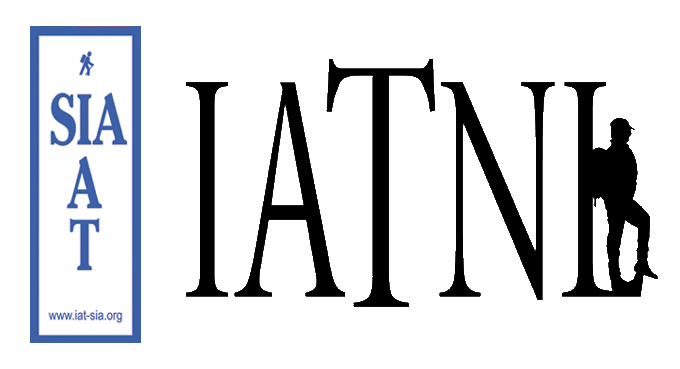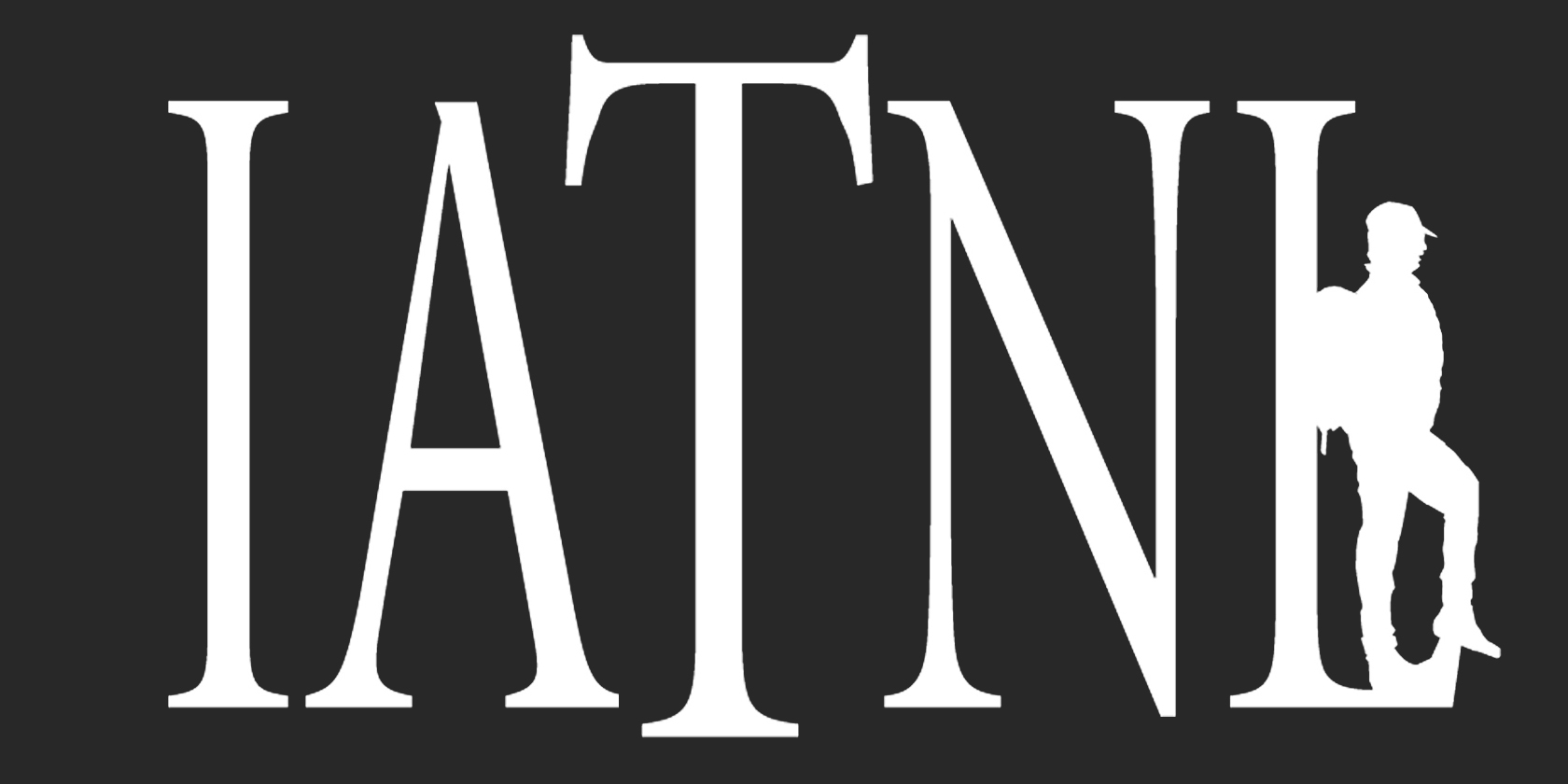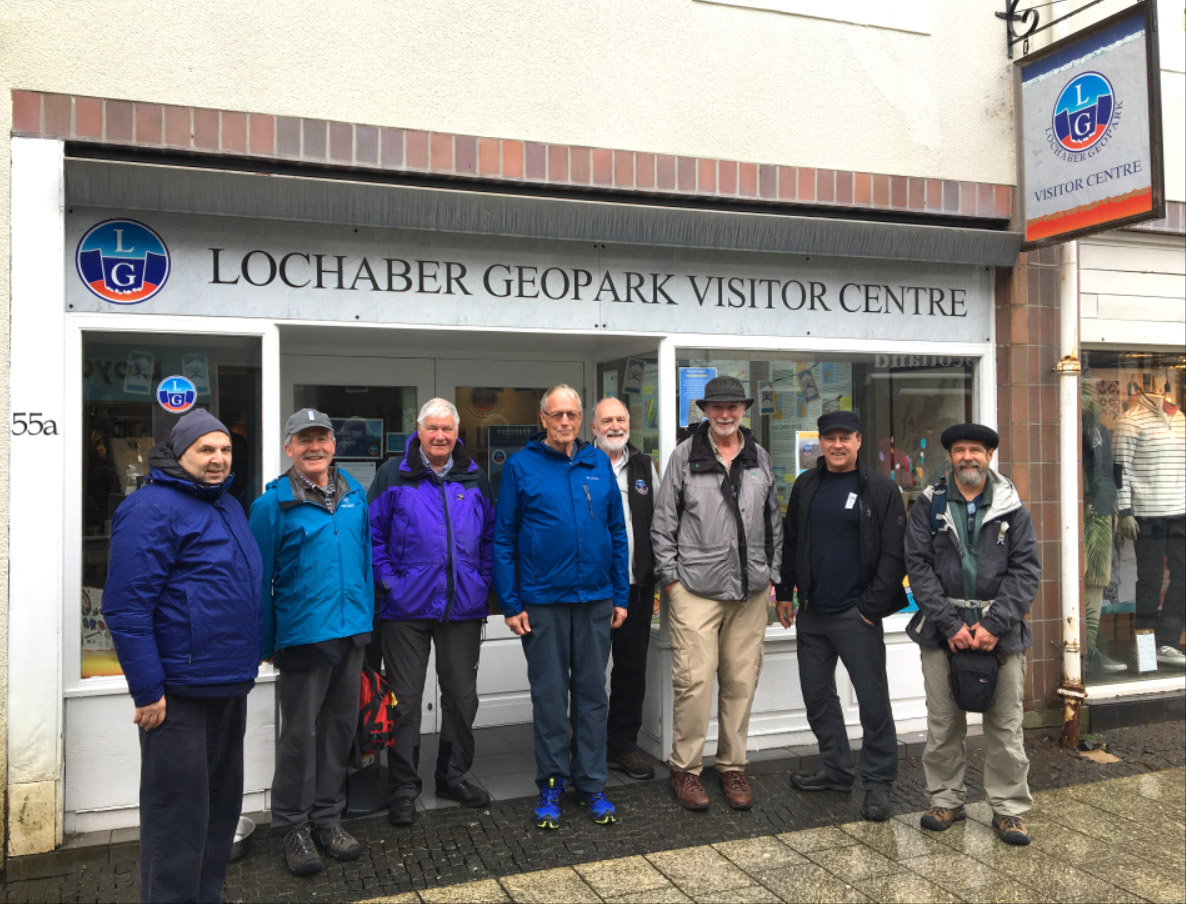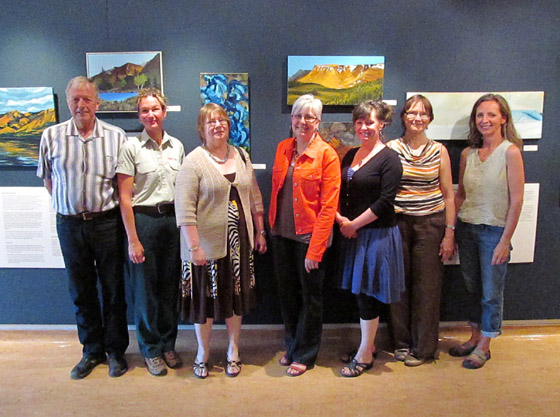From May 28 to June 2, representatives from IAT Newfoundland and Maine visited Scotland on a 10th anniversary IAT Europe tour which ended in Northern Ireland on June 7 after an Outdoor Economy Forum that also included representatives from the Appalachian Trail Conservancy and Museum, and Appalachian Mountain Club based in Boston, Mass.
Day One began with a visit to the John Muir Birthplace Museum in Dunbar, where Paul Wylezol, Arne Helgeland and Andy Kerr from Newfoundland, Don Hudson and Bill Duffy from Maine, and Larry Luxenberg of the Appalachian Trail Museum in Pine Grove Furnace, Pennsylvania were met by IAT Scotland representative Hugh Barron of the British Geological Survey (BGS) and Birthplace Museum Chairperson Duncan Smeed.
Muir, also known as “John of the Mountains”, emigrated to the United States with his family in 1849 at the age of 11 and over the span of his life, helped create the environmental movement, Sierra Club and U.S. National Parks.

From the Birthplace Museum, the group continued on to nearby Siccar Point, birthplace of modern geology, where in 1788 Scottish geologist James Hutton used evidence of an unconformity to claim the world to be far older than a few thousand years, as previously thought.

The unconformity was formed by deposition and compaction of sediment on a seabed approximately 435mya, followed by folding and uplifting of rock layers during a period when the Appalachian Caledonian Mountains were being formed, then subsequent erosion of upper layers and later deposition of new sediment on top.

After a pleasant stroll across, down, up and around Siccar Point and a short visit to Tantallon Castle
where an offshore island covered with seabirds and lighthouse resembles Guernsey Island (aka Weeball) near the IAT in the Bay of Islands, Newfoundland,

the group gathered at Howie’s at the base of Carlton Hill, Edinburgh for a relaxing evening dinner with the requisite refreshments

followed by a nighttime stroll of the Royal Mile.

Day 2 began with a cross-country drive to Spireslack open-pit mine where the BGS’ Graham Leslie and Mike Browne led a guided tour

that included uncountable layers of sedimentary deposits bisected by a sheeted dyke of hardened lava.
A short drive from the mine is the town of Ayr and the Robert Burns Birthplace Museum
where the group learned of the life and writings of the famed Lowland Scottish bard.

After lunch the next stop was a walk on a section of the Ayrshire Coastal Path with Rotarians Ron Ireland and Bob Gibson.

The Path is a section of the Firth O Clyde Rotary Trail (FoCRT), which together with the West Highland Way and Cape Wrath Trail, forms IAT Scotland.
From the Lowland county of Ayrshire, the tour headed north to Lochaber Geopark in the Highlands.
Lochaber Geopark hosted the first IAT meeting in Europe in 2009, and like the IATNL’s Cabox Geopark project, was a partner in the Northern Periphery and Arctic Programme’s Drifting Apart project.
The IAT 2019 group was met by University of Edinburgh Professor Ian Parsons, who is a Director and Trustee of Lochaber Geopark. Ian was gracious enough to plan three days of touring throughout the Geopark, from Glencoe in the south to Ardnamurchan Lighthouse at the most westerly point of mainland Britain.

At Lochaber Geopark Visitor Centre in Fort William the group met with Geopark Director Jim Blair who gave a tour of the centre and its many displays funded in part by the Drifting Apart project.

Newfoundland reps Paul Wylezol, Arne Helgeland, and Andy Kerr, who also represent Cabox Geopark project, used the opportunity to discuss a possible Cabox-Lochaber partnership to promote common geological heritage, particularly as it relates to the Appalachian-Caledonian Mountains.

Scotland and northern Ireland were once part of Laurentia (i.e., ancient North America) and attached to Newfoundland until the Atlantic Ocean emerged and separated them during the Mesozoic geological era which coincides with the emergence and disappearance of dinosaurs. Ten years ago the IAT visited Scotland, Northern Ireland and Ireland with the goal of uniting them again in an International Appalachian (Caledonian) Trail.














